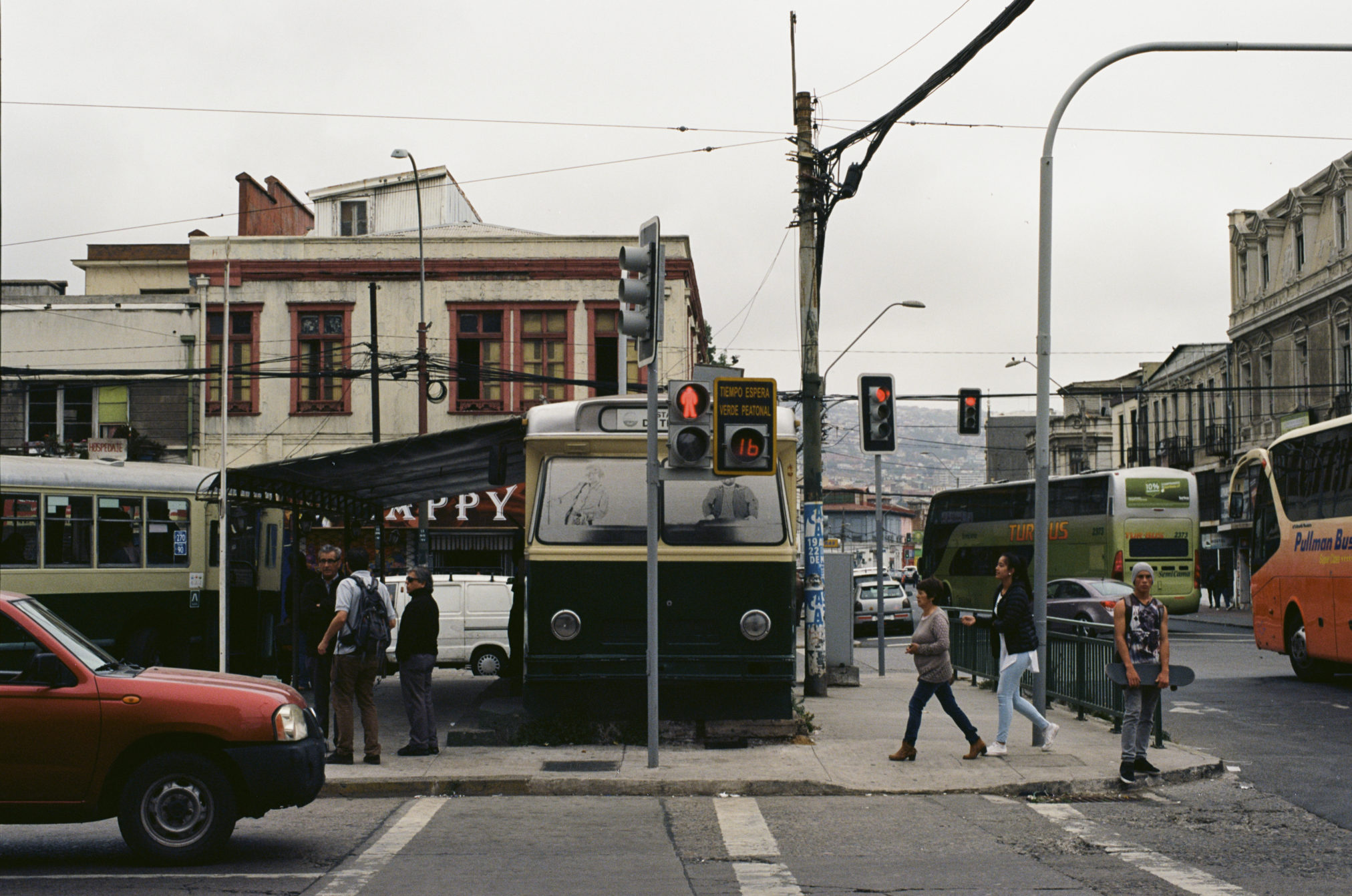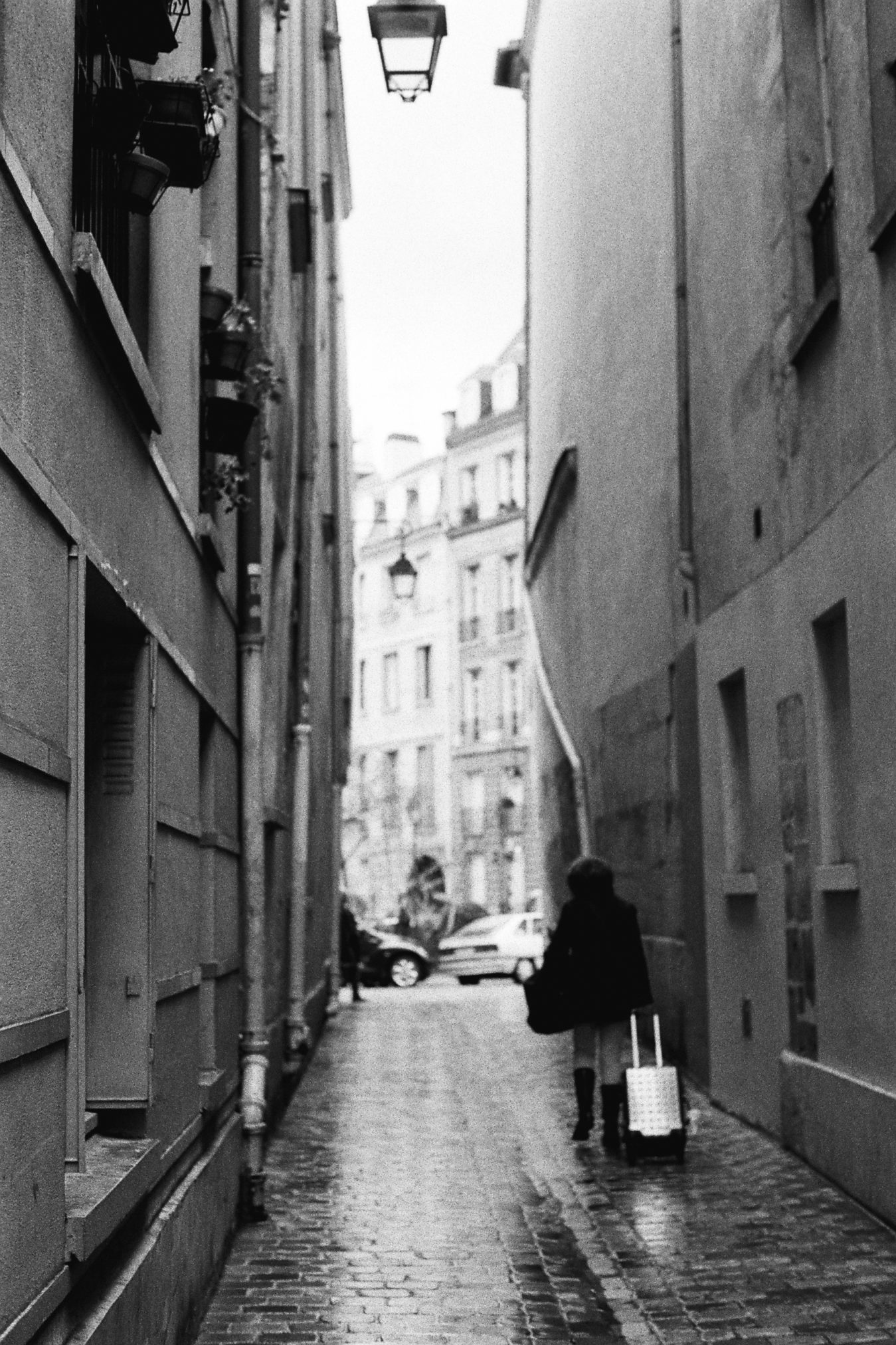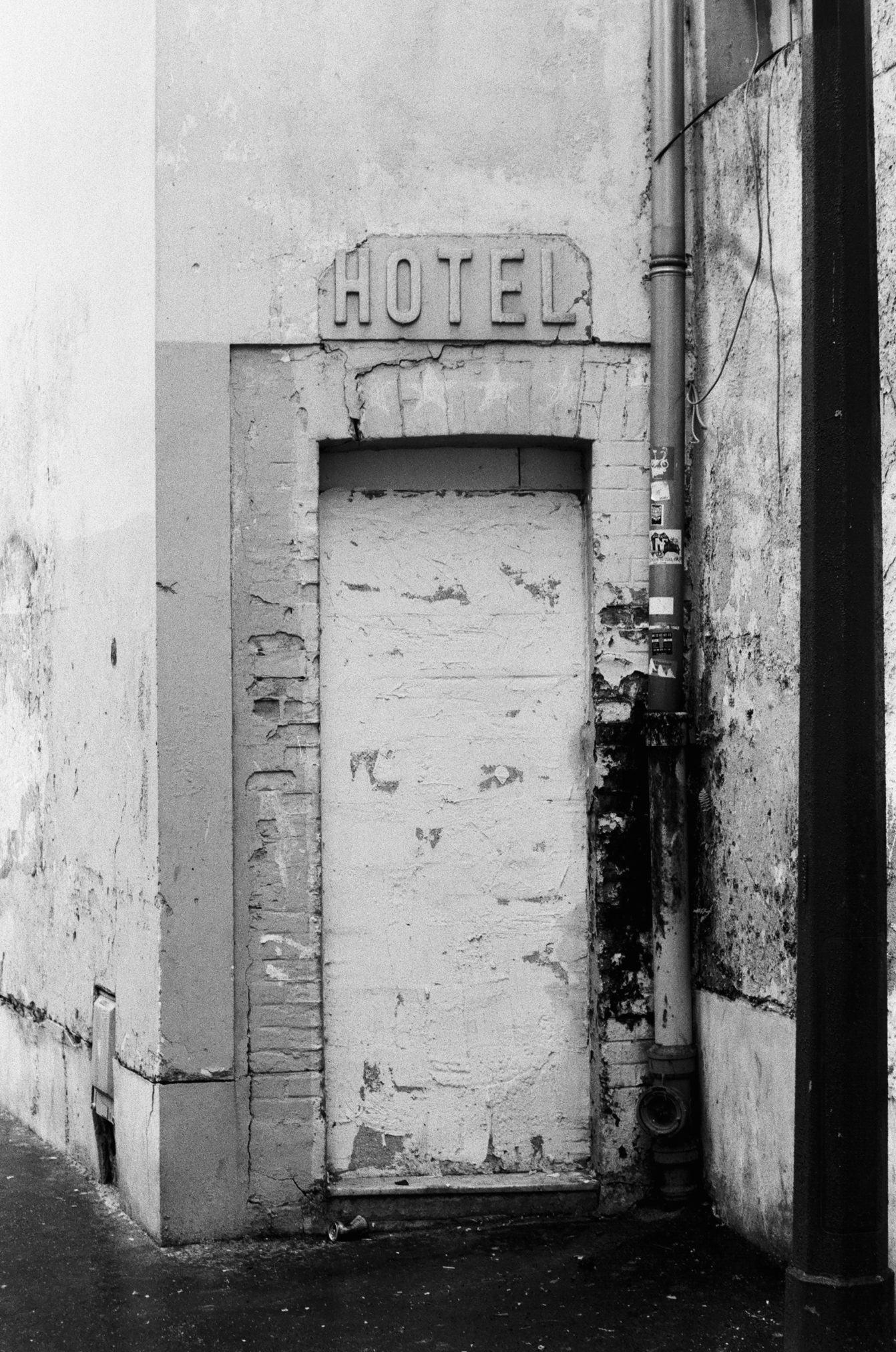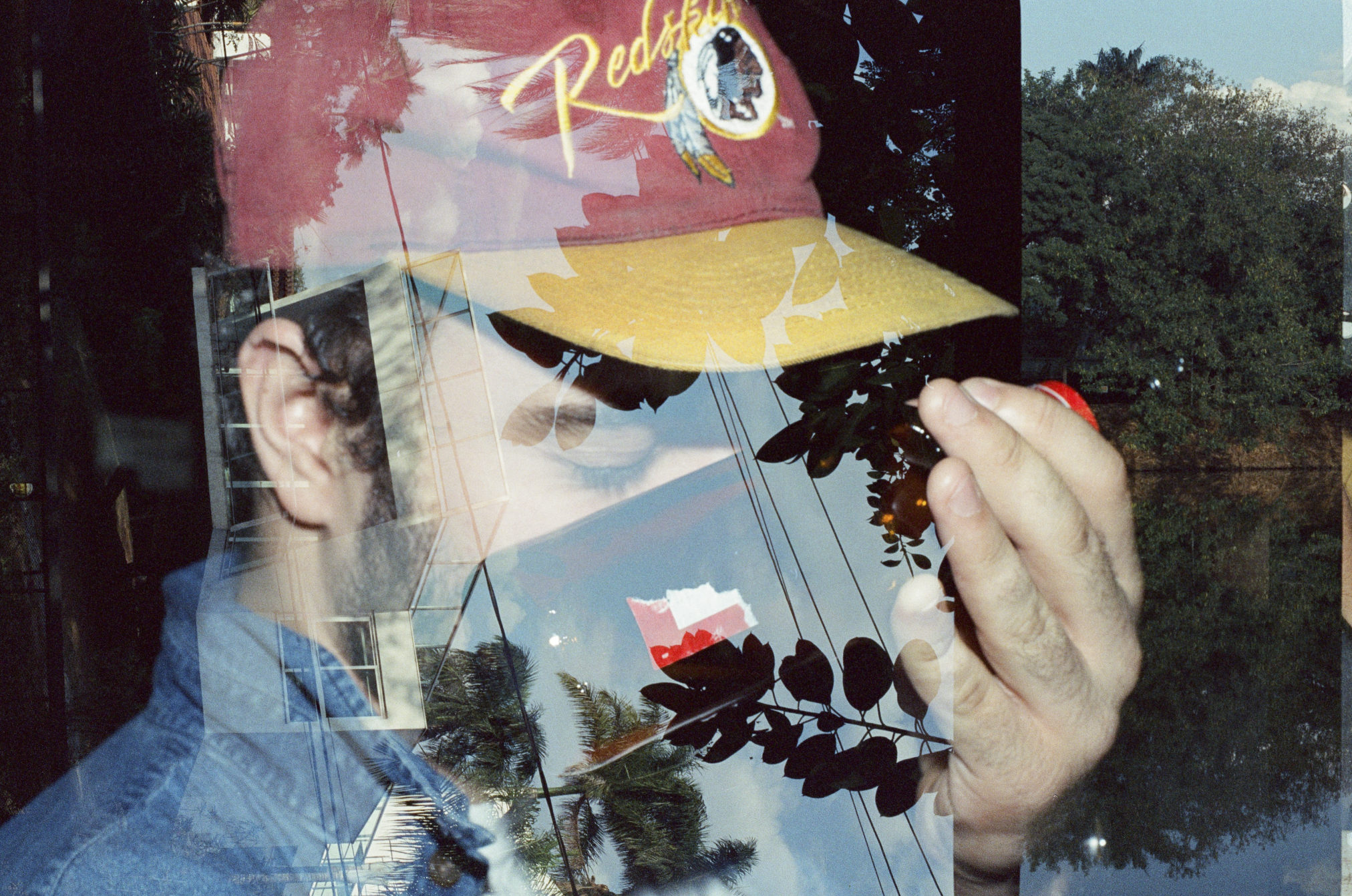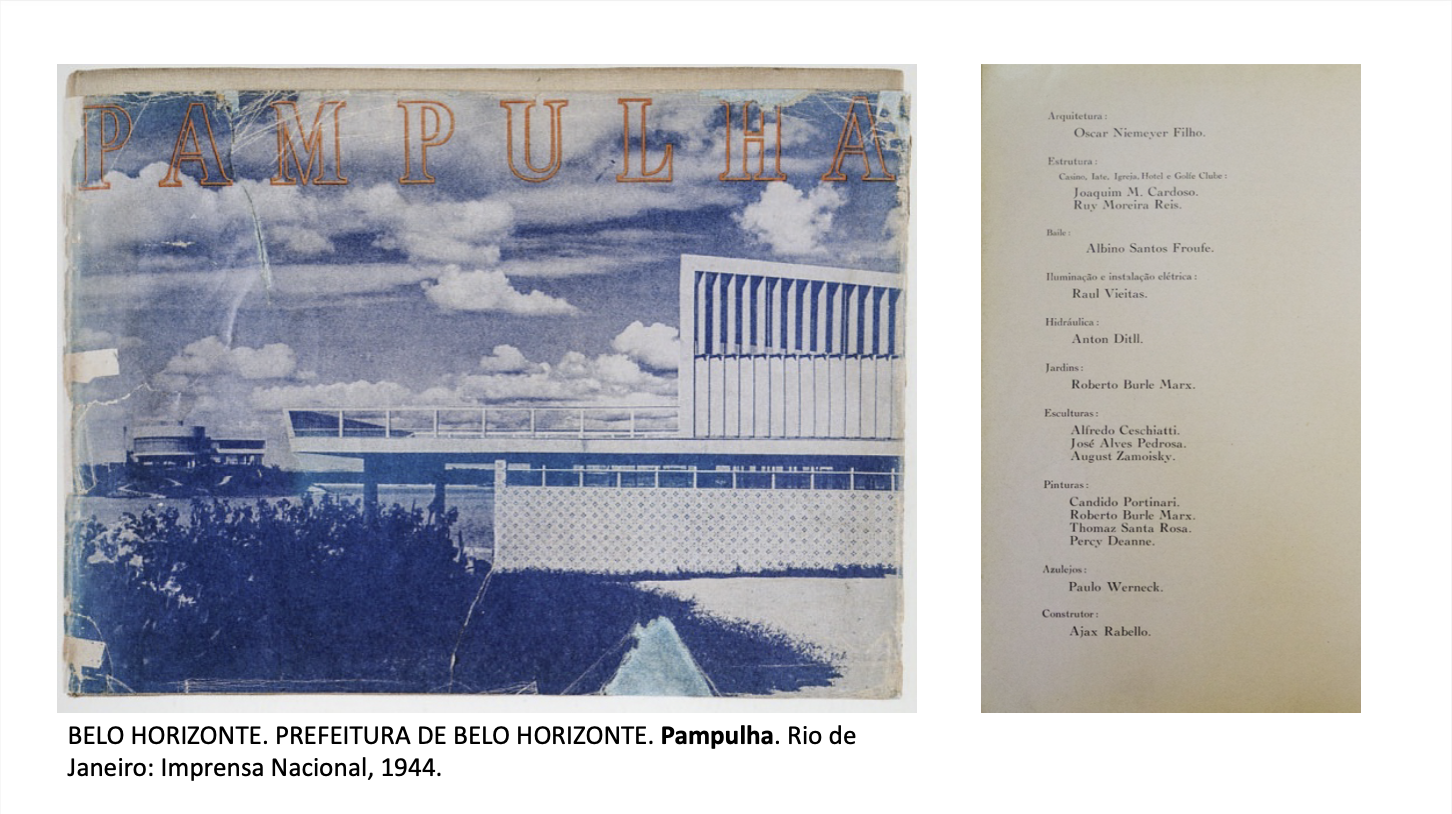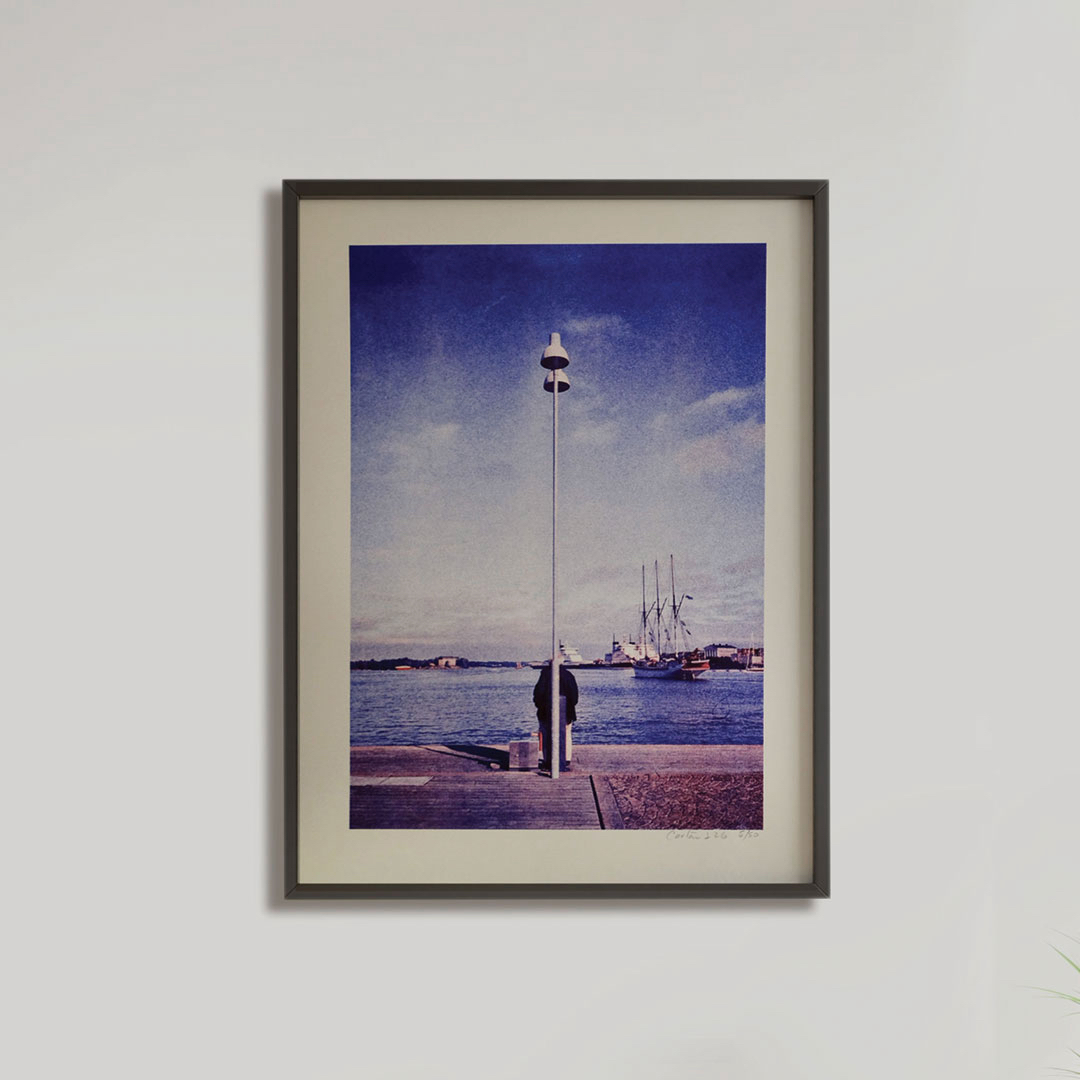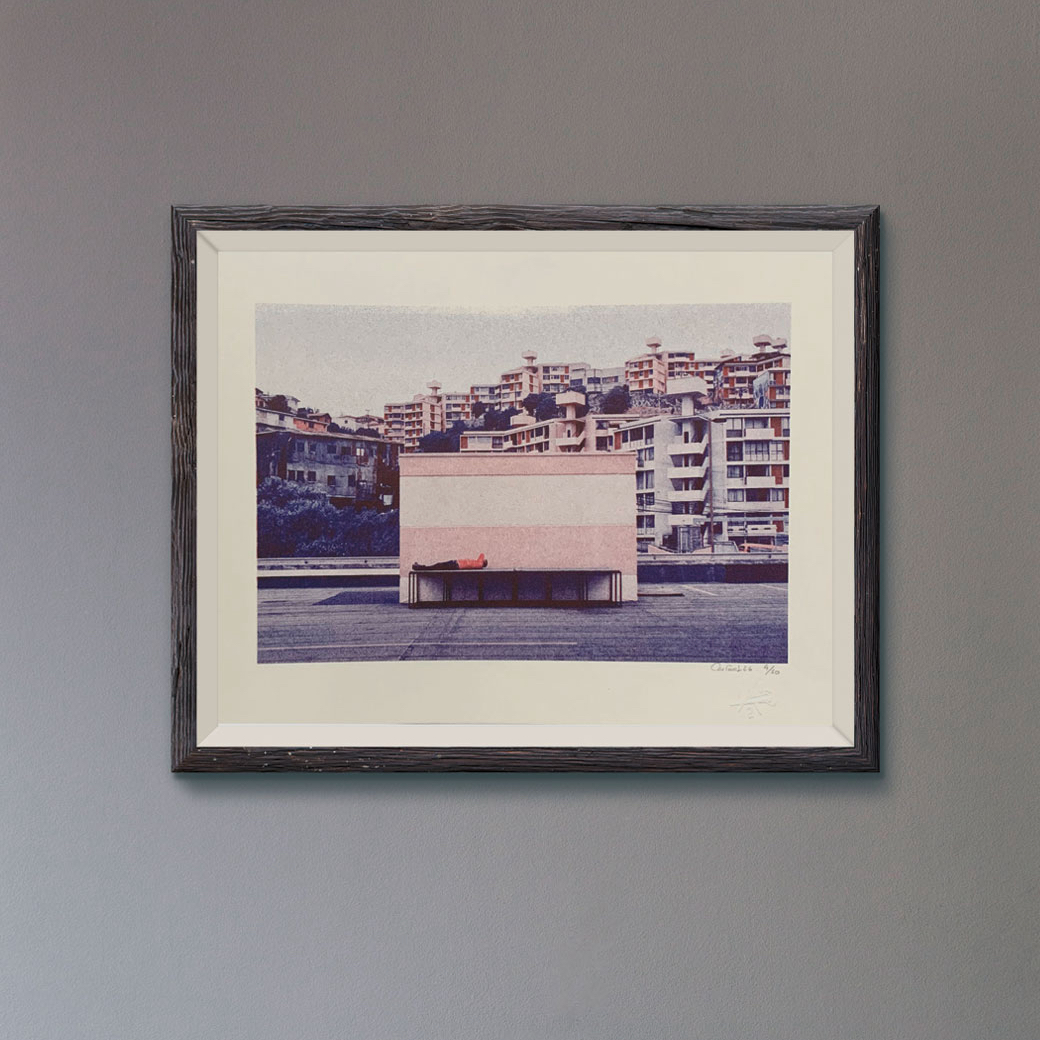XVI SHCU – critical update
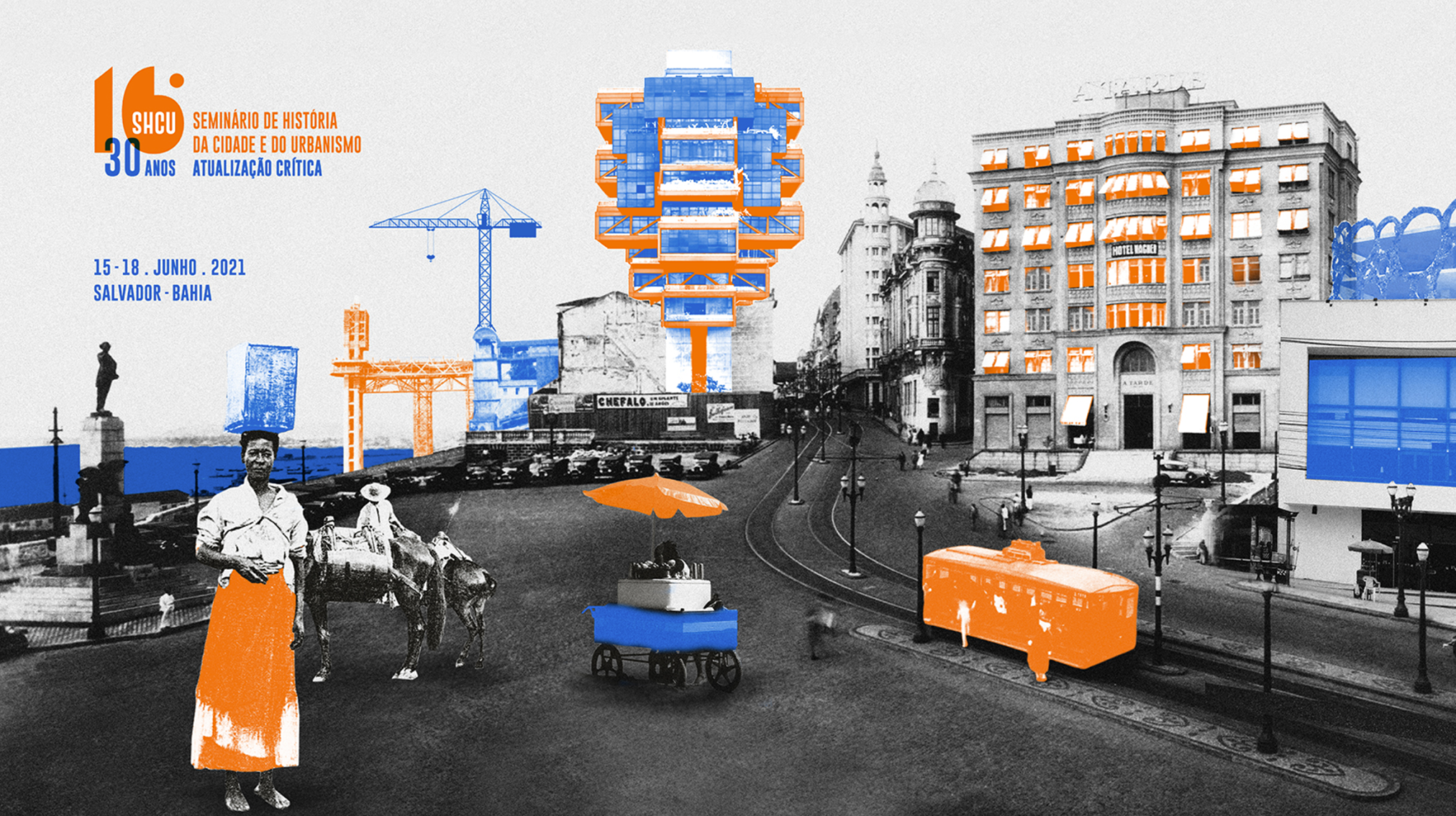
I had the honor of participating in the 16th edition of the Seminar on the History of the City and Urbanism, held between June 15th and 18th, 2021, thirty years after the 1st Seminar on Urban History. The event was organized by the Post Graduate Program of the School of Architecture at UFBA, which hosted the seminar for the fourth time (1990, 1993, and 2002).
There were two thematic sessions: one on the first day of the event, entitled “Immanent Critique, Empirical Approaches, and Temporalities – On Some Themes of Historiography and Urban Theory,” coordinated by Professor Rita Velloso (EA/UFMG); and another on the second day, entitled “The Other September 7th,” coordinated by my colleague Maria Isabel Rocha.
Initially, for the first session, I intended to propose a debate on the disputes surrounding public space, both from a material and intellectual perspective. However, as time went on, I decided to step back a little and highlight some points related to the movement we make in the appropriation of historical documents as isolated objects, and the consequent narrowing of the plurality of narratives about topics related to the history of the urban. My presentation advanced towards the intellectual perspective of our research practices and raised points such as Eurocentrism, the notion of a model, the concept of an idea out of place, the notion of the periphery, and the importance of problematizing the instrumentalization of memory as an exercise in inventing the future, which relies heavily on narratives of development and progress as a major resource.
The title of my presentation was “Writing History as an Invention of the Future – Some Critical Observations on the Disputes over Public Space,” and the recording of the session can be accessed on YouTube via the following link: https://www.youtube.com/watch?v=fY_l_Yv9Hz4&t=5733s
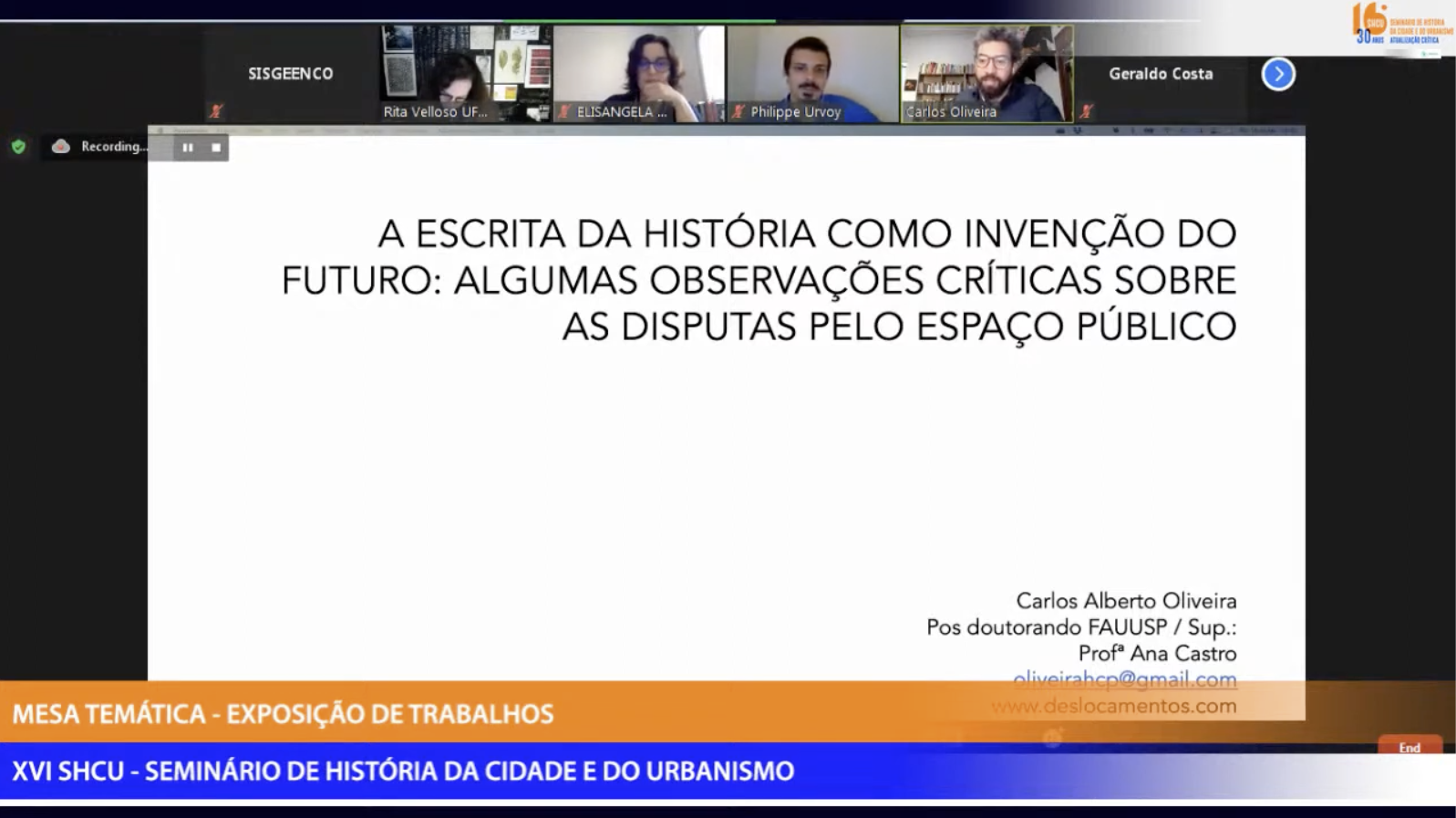
For the second session, I proposed to present a synthesis of an important part of my master’s research, conducted between 2010 and 2013 at the State University of Campinas, under the guidance of Professor Stella Bresciani. In my research, titled “The New Capital in Motion: The Reconfiguration of Public Spaces in Belo Horizonte,” I addressed the variation in the number of public squares based on the plan proposed by engineer Aarão Reis, and throughout the first three decades of the capital. I also identified and analyzed the conflict between the categories of square, landscaped square, parks, and gardens in the various discourses about the city, in order to understand their impact on the process of reconfiguring public spaces within the proposed period. In my presentation, I emphasized the dynamics of assigning value to public spaces based on their categorization and conceptualization.
The title of my presentation was “Republican Ambitions and Social Disputes: Praça Sete de Setembro and the Reconfiguration of Public Spaces in Belo Horizonte,” and the recording of the session can be accessed through the following link: https://www.youtube.com/watch?v=muJyPbCjCzM
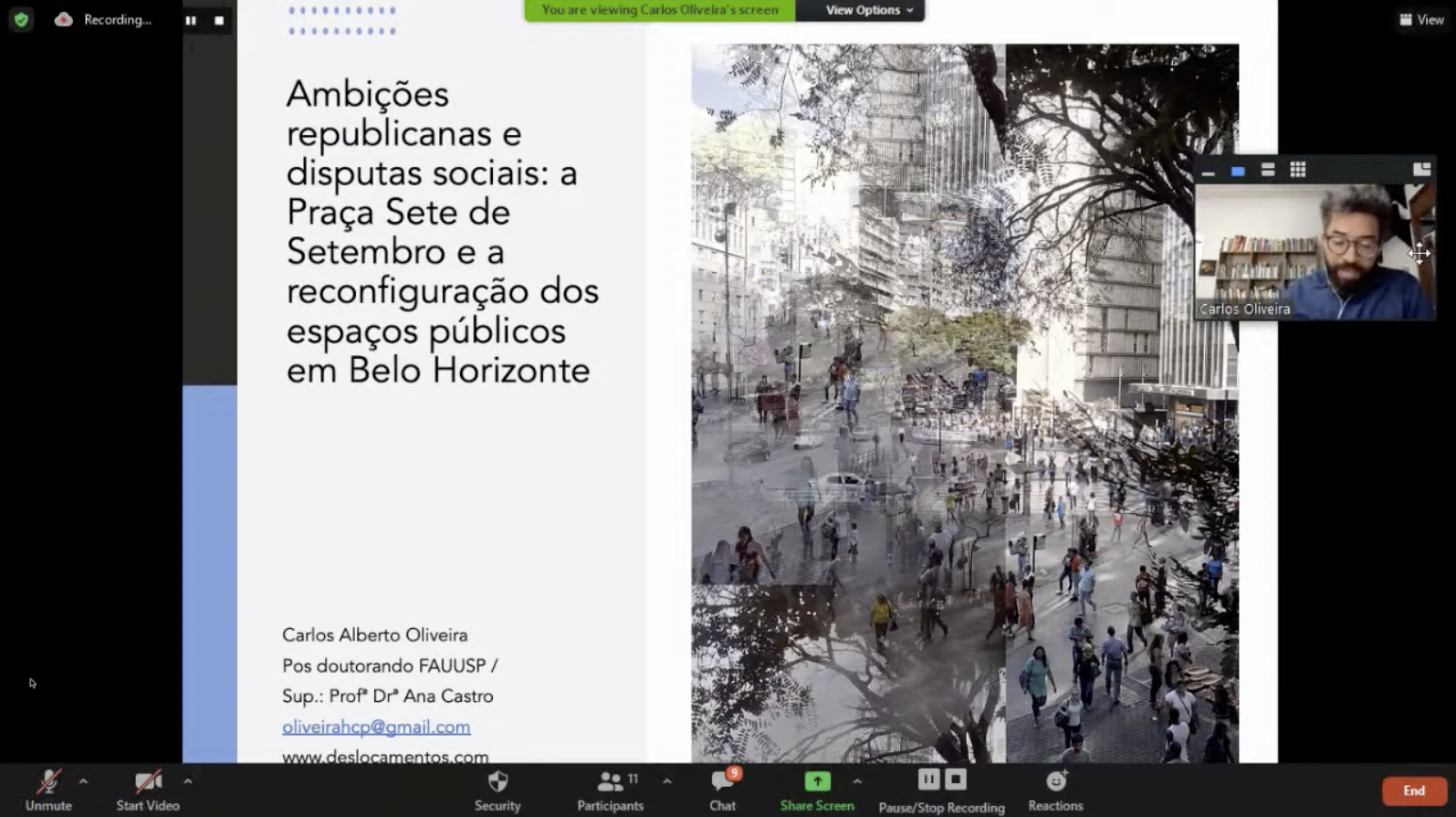
For new humanities: animalism
On May 27, 2021, I participated, along with Marcio Buchholz, in the closing session of the International Cycle III organized by the Latin American Institute of Critical Animal Studies and the State University of Piauí (UESPI).
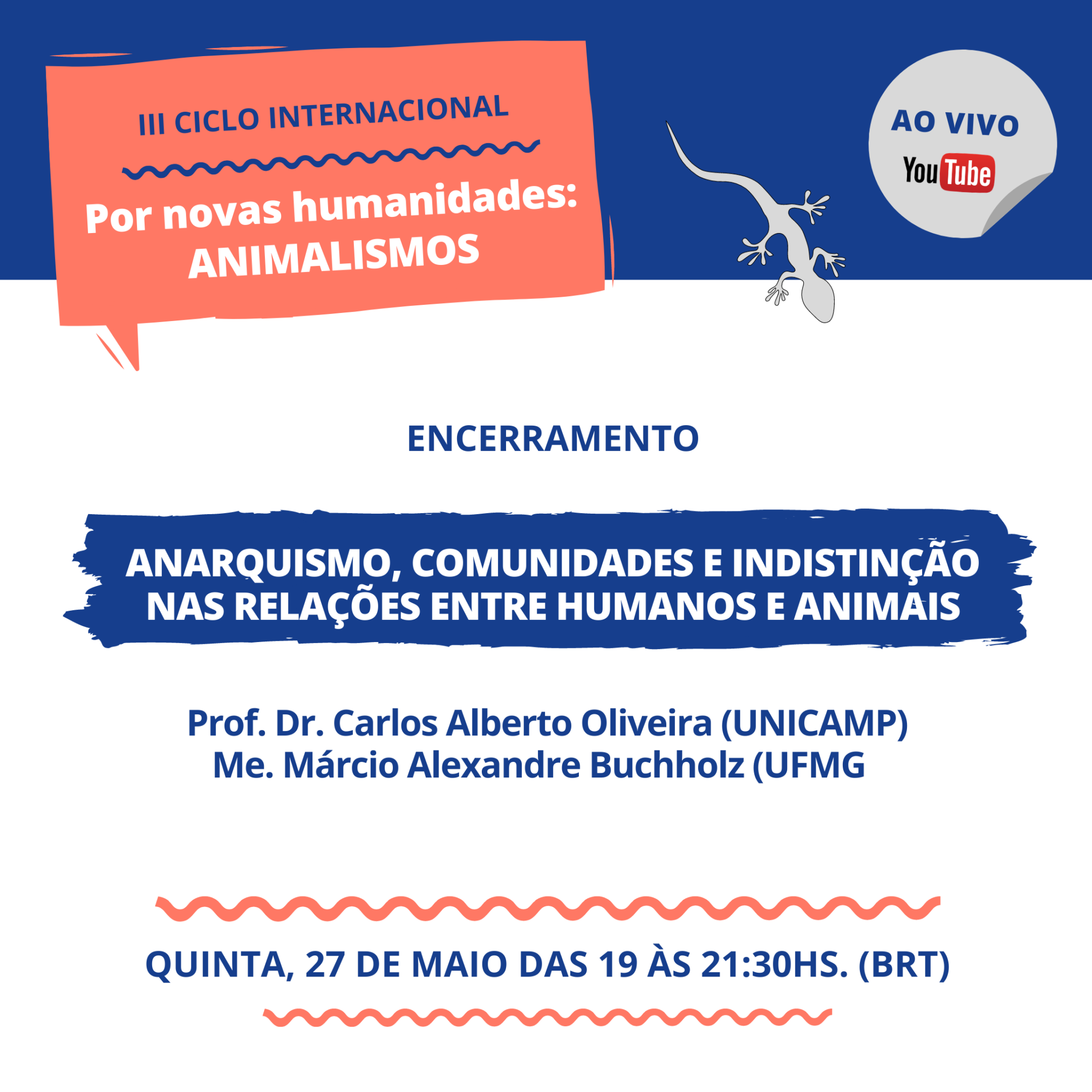
The activity titled “For new humanities: animalisms” consisted of 4 panels with researchers from various universities in Brazil.
In our panel, titled “Anarchism, communities, and indistinction in human-animal relationships,” we presented a brief overview of the article published in 2016. We discussed our trajectories as researchers and actors engaged in animal issues from an anarchist perspective and presented a proposed text for publication in the international project “The Anarchism and Punk Book Project””
Art, Architecture, and Urban Expansion in Belo Horizonte in the 1940s: A Reading from the Pampulha Works Album
In March of this year (2021), I participated in the 6th Meeting of the National Association for Research and Graduate Studies in Architecture and Urbanism (VI ENANPARQ), which is a biennial meeting held by professors, researchers, and graduate and undergraduate students working in the field of Architecture and Urbanism. In this particular edition, International Dialogues were incorporated to substantiate the theme “Liminality: processes and practices in Architecture and Urbanism,” bringing to the meeting the exchange of actions and foreign experiences, especially from Latin America.
The VI ENANPARQ was supposed to take place in Brasília (DF) from October 12th to 16th, 2020. However, due to the COVID-19 pandemic and the consecutive restrictive measures and current uncertain scenarios, the event organizers, in conjunction with the ANPARQ board, decided to postpone the event to March 1st to 5th, 2021 (in a 100% virtual format), with a preparatory event called the “Virtual Seminar – Liminality: processes and practices in Architecture and Urbanism” held from October 13th to 16th, 2020 (in a virtual format).
It was the first fully virtual event I attended, and I consider the experience to be very positive.
I participated in the thematic session “Archives, publications, curating: a new historiographic agenda” organized by professors Eduardo Augusto Costa and Ana Claudia Veiga de Castro from FAUUSP. The session was organized under the thematic axis 2, “History, historiography, and critique,” with the aim of exploring the history of the built environment as a critical operation, focusing on new possibilities for constructing narratives that, in the face of canonical works, are oriented towards the revision of periodizations, conceptual frameworks, geographical delimitations, and cultural exchanges in order to reassess the temporality and historicization of theories and manifestos and ensure the inclusion of marginalized social groups and objects.
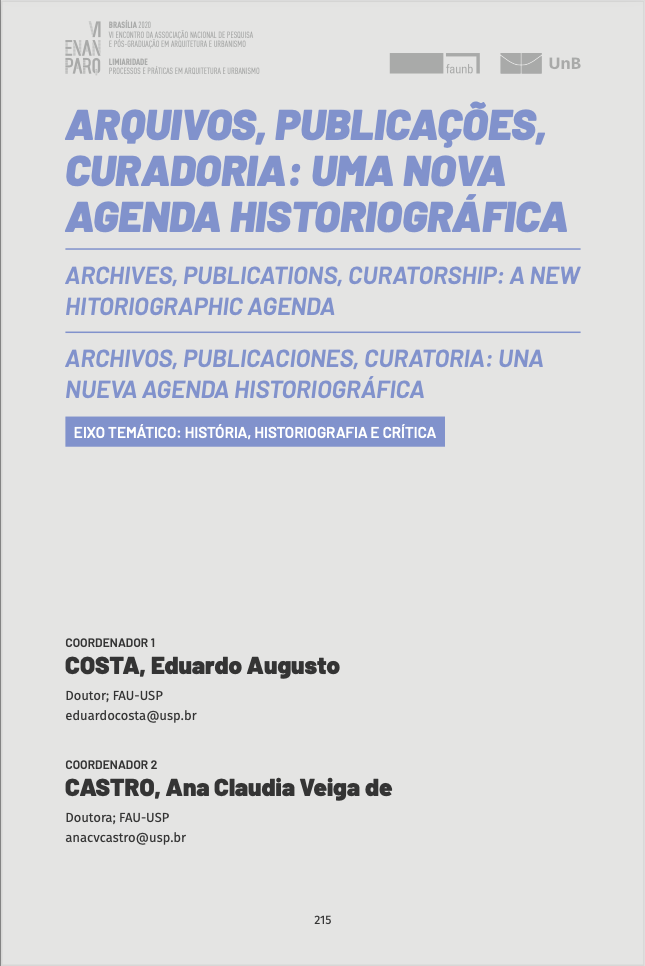
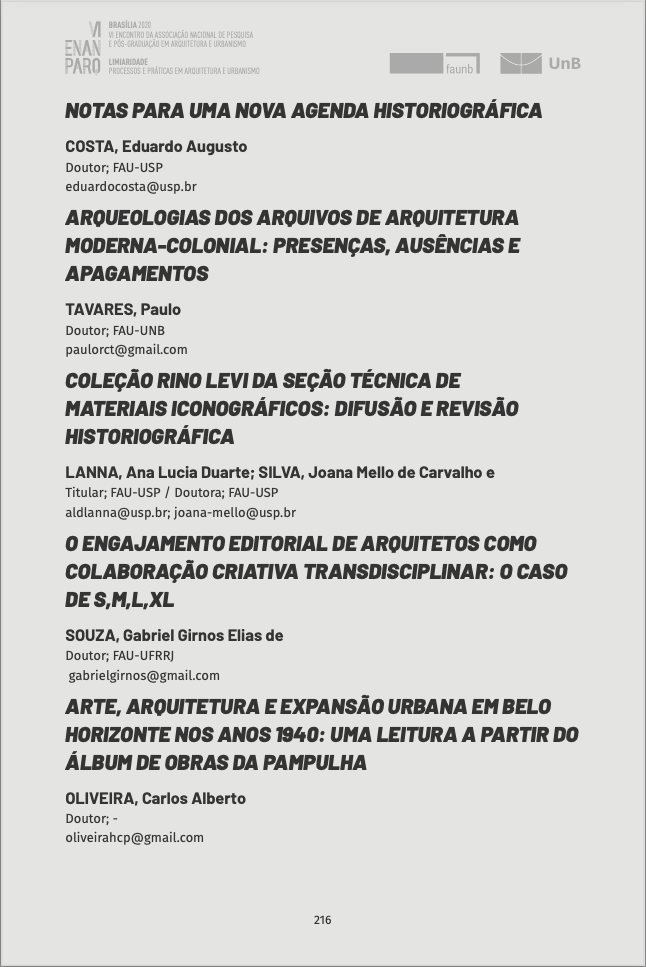
My presentation titled Art, Architecture, and Urban Expansion in Belo Horizonte in the 1940s: A Reading from the Pampulha Works Album was an exploration of the context of urban expansion and verticalization in Belo Horizonte based on the publication of the Pampulha Works Album and the narrative effort surrounding modernization in the 1940s.
Dated 1944, the album was created by the Government to promote the creation of the Pampulha region, presented as a solution to the rapid growth of Belo Horizonte and as essential for the modernization of the still young city, which was 46 years old at the time. This material includes iconographic content of the entire architectural complex of Pampulha, presented by Juscelino Kubitschek, then mayor of the capital city, by Oscar Niemeyer, and by the American architect Philip L. Goodwin, who mentioned the existence of a certain “pedantry of international urban planners” when discussing the importance of promoting Brazilian cities abroad. In addition to being an important record of the diversification of urban conceptions in the 1940s, it also reflects the alignment of political interests in the state of Minas Gerais since Pampulha was part of a cultural promotion and mobilization movement initiated by Juscelino Kubitschek, which persisted from his tenure as mayor to his role as Governor of the State.
The proceedings of the event are available here, and my contribution can be read starting from page 215 of the PDF file.
Fotozine: Leitura e Apresentação de Publicações Independentes
O artista visual e fotógrafo Douglas Mendonça fez uma leitura bastante atenciosa de uma seleção de fotozines para o Circuito Municipal de Cultura. O vídeo foi publicado hoje no canal da Fundação Municipal de Cultura. Meu zine “Desordem” está entre as publicações selecionadas, confira:
Surveillance cities
The increasing levels of CCTV surveillance can have direct implications on people’s privacy. In 2021, the billionth surveillance camera in the world is expected to be installed by the end of the year, equating to one closed-circuit television camera for every eight humans on Earth. Surfshark has conducted an interesting study on surveillance cameras, providing numbers and data on their spatial distribution. The tool allows for comparisons between cities based on data such as camera concentration per square kilometer, per capita, and by city and country.
In a quick comparison between Belo Horizonte and São Paulo, we can identify a high density of CCTV equipment per square kilometer in Belo Horizonte, even though the capital of Minas Gerais has a lower number of installed devices.
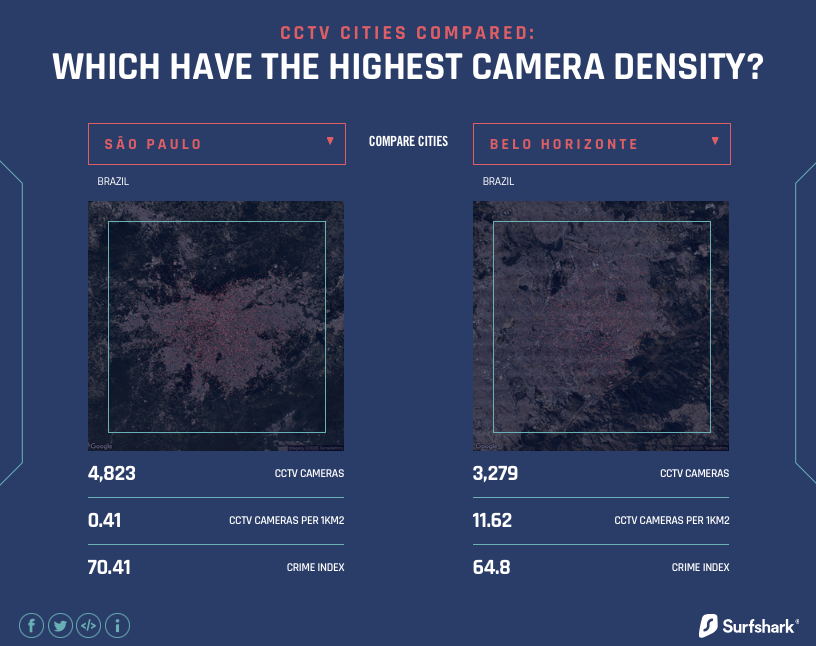
According to the ranking, Belo Horizonte is the city with the highest concentration of CCTV equipment per square kilometer in Brazil.
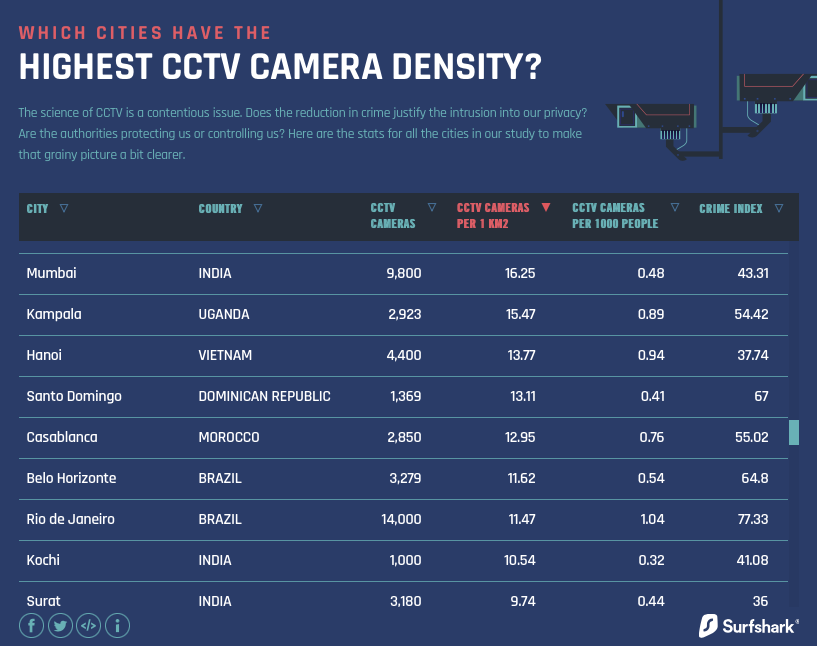
Considering the increasing levels of CCTV surveillance, I share some questions to engage in a broader discussion about the impact of CCTV surveillance on society, privacy, and public spaces.
- What is the direct impact on public safety and which interests are indirectly benefited by the expansion of the monitoring system? a. How does the presence of surveillance cameras affect crime rates and deterrence? b. Do surveillance systems contribute to a sense of security among the public? c. Who benefits from the expanded surveillance network? Are there any particular groups or institutions that gain advantages from the monitoring system? d. Are there any potential biases or unintended consequences in the utilization of CCTV surveillance?
- What is the impact of the presence of these devices in public spaces? a. How does the presence of surveillance cameras affect people’s behavior in public areas? b. Does the perception of constant surveillance impact individuals’ sense of privacy and freedom? c. How does the increased surveillance affect public trust and the relationship between citizens and authorities? d. Are there any concerns about the potential misuse or abuse of surveillance footage?
- What are the ethical considerations surrounding the widespread use of CCTV surveillance? a. Is there a balance between public safety and individual privacy? How can it be achieved? b. Are there any guidelines or regulations in place to ensure the responsible use of surveillance technologies? c. How can transparency and accountability be maintained in the operation and management of surveillance systems? d. Are there any potential risks of mass surveillance leading to a surveillance state or erosion of civil liberties?
- What are the long-term implications of the expansion of CCTV surveillance? a. How might the continued growth of surveillance systems impact societal norms and expectations of privacy? b. What are the potential consequences for social interactions and public spaces in a heavily monitored society? c. Are there alternative approaches to ensuring public safety that should be considered alongside or instead of extensive surveillance?
Impressões em risografia
Em dezembro do ano passado eu imprimi em risografia três fotografias da série Heterotopias.
Heterotopia é um conceito que significa literalmente “outros lugares” e serve para descrever um mundo descentralizado em relação aos espaços normais ou cotidianos, que podem ter significados múltiplos, fragmentados ou mesmo incompatíveis com a realidade.
Heterotopias, enquanto projeto fotográfico, é uma investigação experimental em elaboração desde 2016 que desdobra as incompatibilidades, fragmentações e multiplicidades de significados do espaço e da realidade construída a partir da imagem fotográfica experimental.
Risografia é um processo rápido de impressão feito através das copiadoras japonesas Risograph, que usa matrizes que funcionam como serigrafia. As fotos foram impressas na Entrecampo em Belo Horizonte, pelo Ricardo Portilho em Papel Markatto Edition 200g, tamanho A3. As fotos coloridas foram impressas em 2 cores, e a preto e branca em Preto 100%, com tiragem de 50 cópias cada.
Confira as fotografias:
Para adquirir cópias, escreva para oliveirahcp@gmail.com

